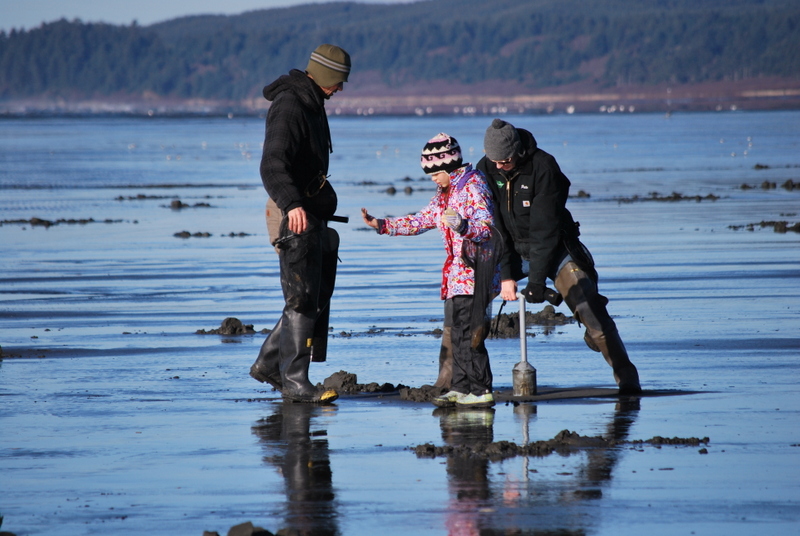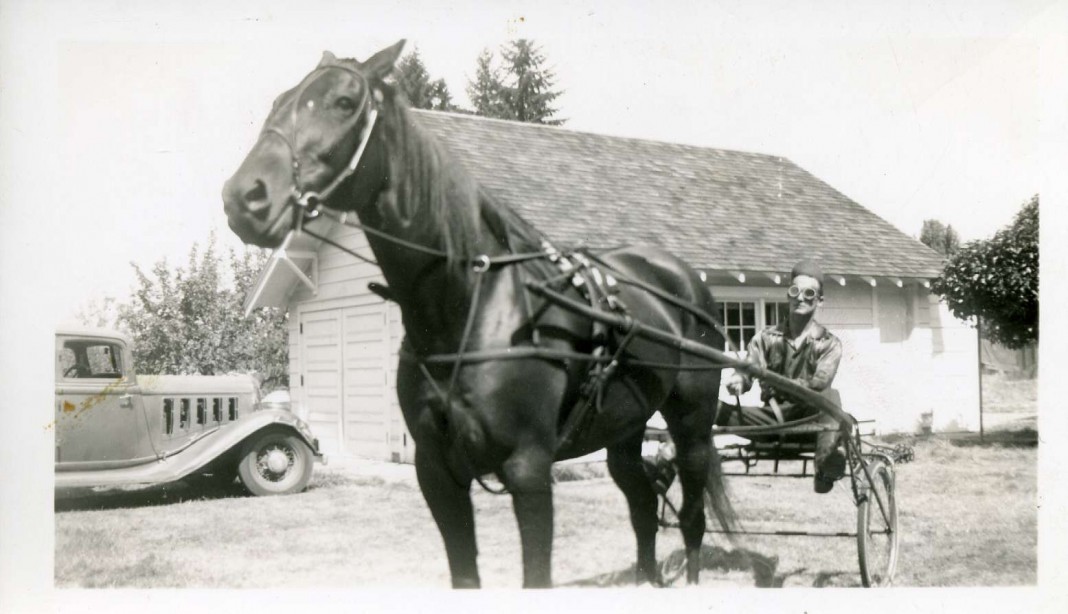Submitted by Lanny Weaver for the Lacey’s 50th Anniversary Committee
Edited by Erin Quinn Valcho from a longer version written for the Lacey Historical Society
“Perfect!” gushed the April 10, 1891 Morning Olympian in describing the just completed Woodland racetrack built by Isaac Ellis of Olympia. The mile-long oval track featured level stretches, well-designed turns and a consistency requiring only two hours to dry it out even after three days of rain. There were stables for 50 horses, a grandstand, judges’ stand, and a “fine” two story clubhouse with twelve rooms. Easy access to Woodland Park was provided by the recently completed branch of the Northern Pacific Railroad.
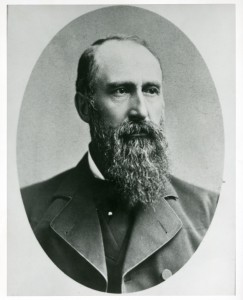
The long awaited opening day dawned. Monday, May 25 was a perfect day for racing. The paper reported the track was excellent and the races more than could have been expected. But for some inexplicable reason, attendance was light. Even on the day Olympia businesses closed so that the employees could attend the races, “the audience was not large.” With the conclusion of the races, the papers fell silent on the issue of the track. One is left with the impression that they did not recoup their expenses.
The following year, a group of North Yakima citizens informed Ellis that they wanted to race if he could provide a purse of $500. He couldn’t raise even that sum. By 1894, the Morning Olympian was referring to three year old Woodland Park as the “old race track,” but Ellis had not given up. He invested another $47,000 for improvements to host a militia encampment. In 1896, Ellis, along with other leading citizens of Olympia, tried to sell the Army on a location for a permanent post. Unfortunately, by March 2, Woodland was no longer a finalist. Ellis finally sold the grounds containing the track and the clubhouse to Henry Schupp for $2,000 on October 22, 1900.
The clubhouse was converted into a hotel and by fall 1901, the track was again ready for horseracing with a purse of $800. Unfortunately, attendance at the races was limited to only 150 people the first day, making proceeds “hardly satisfactory.” By the third day, the races were cancelled due to poor attendance.
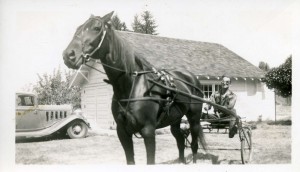
In 1907, the property was sold to George Huggins for $5,000. Once again, another owner was ready to breathe new life into “one of the finest mile courses in the state.” In 1907, he proposed “to hold a Thurston County Exhibit of stock and products at least once a year” and “maintain a first-class hotel and resort for picnic and other parties.”
After at least one successful racing event, Huggins became embroiled in a series of lawsuits. In 1910 an embattled Huggins offered the county fair association free use of the track including the stables and buildings for one month of the year. In 1913, they finally decided to take Huggins up on his offer and in October they held a week-long fair. The newspaper praised the “wonderful display of agriculture,” but in a hauntingly familiar way, the weather did not cooperate and attendance was light.
After a failed agreement with a renter that resulted in extensive destruction of park property and loss of rent payments over several years, George deeded all of his property to his wife, Jessie, before he died in 1928. The next year, she leased most of the property to the Central Washington Fair Association (CWFA). The September fair was to include a harvest festival, farm and industry exhibits, horseracing, a dog show, carnival stunts and even a chariot race. Afterwards, in the words of the Olympia News, the fair was a “thorough success!”
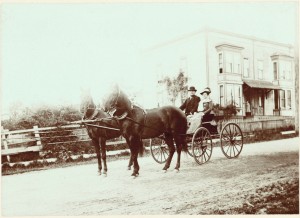
From then through the end of 1930, the papers featured numerous articles on the racetrack and the CWFA. It had succeeded where no one had and the future, despite the harsh economic conditions, appeared bright. But just as before, the momentum ended, this time abruptly when CWFA president, Willard G. Miller, was killed in a car crash on March 25, 1931. There wasn’t another fair and the CWFA was stricken from the records of the Secretary of State in 1933.
By the time Jessie Huggins died in 1939, the property was in a sorry state. It sold for a mere $5,000 to the highest bidder, Glenn Granger. During the Granger years, the site provided a place for people to board and to train their horses.
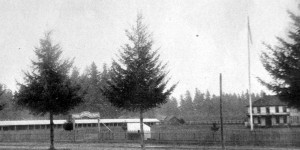
By January 1976, the Harkey Corporation proposed a housing development ranging from single family homes to apartment complexes. The plan was approved in July by the Lacey City Council over some objections based on increased traffic and the stress on city services and school system.
On the site of the old racetrack now sit the Lacey Downs Shopping Center and the Clearbrook Subdivision, two names meant to be reminiscent of its prior glory. However, it was never called Lacey Downs and Clearbrook, if used, was a more modern name. A historical marker at Clearbrook Park is all that remains of this fascinating piece of Lacey’s history.






























